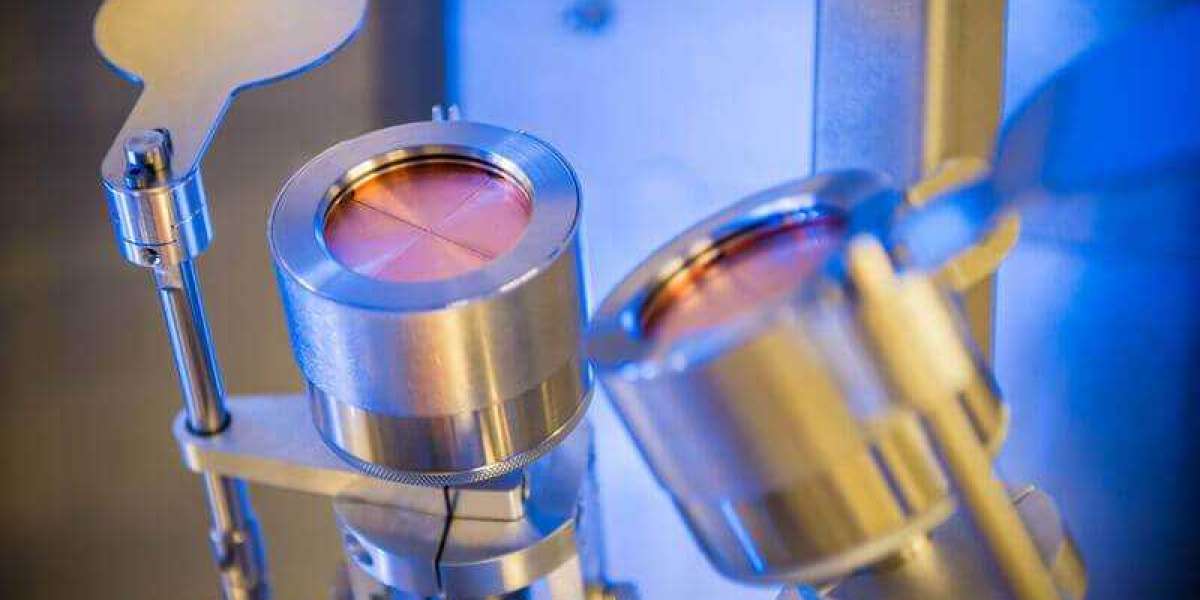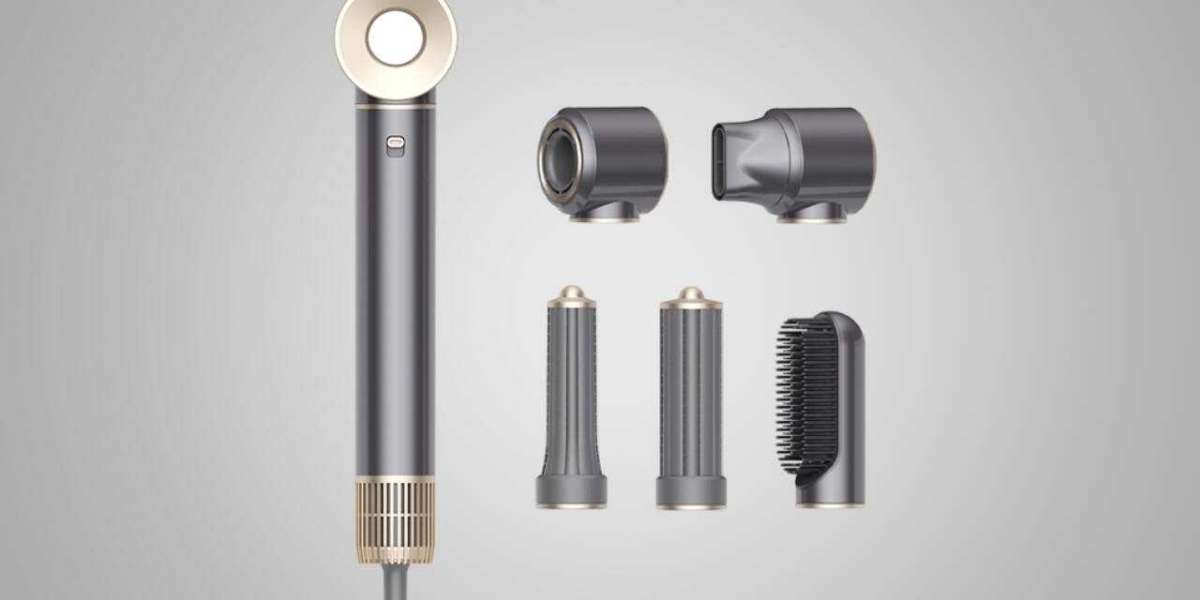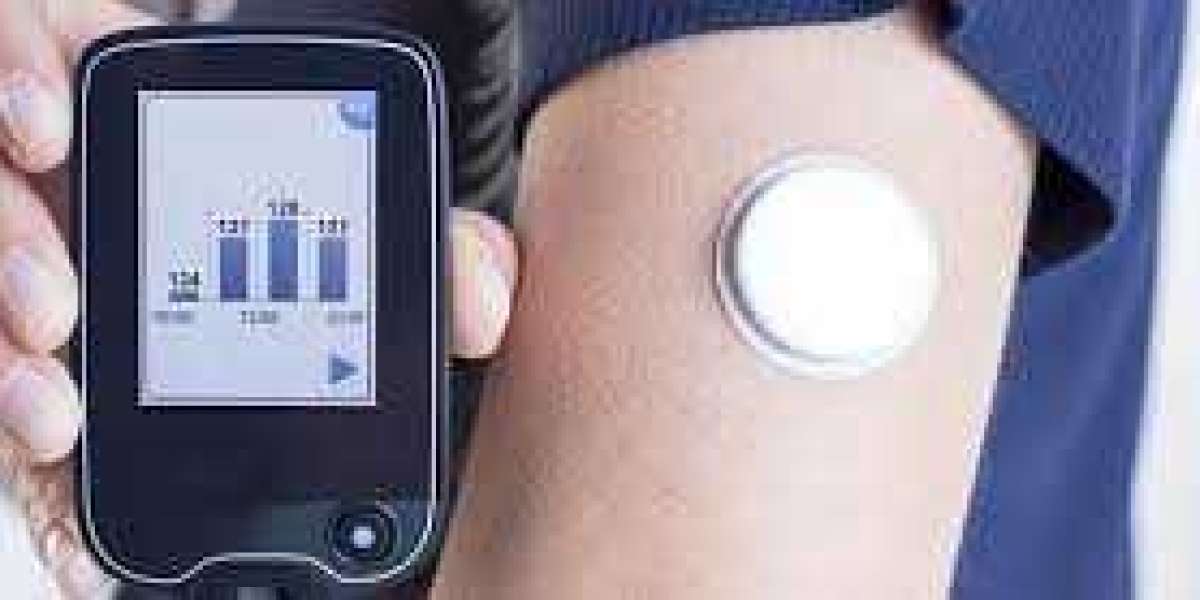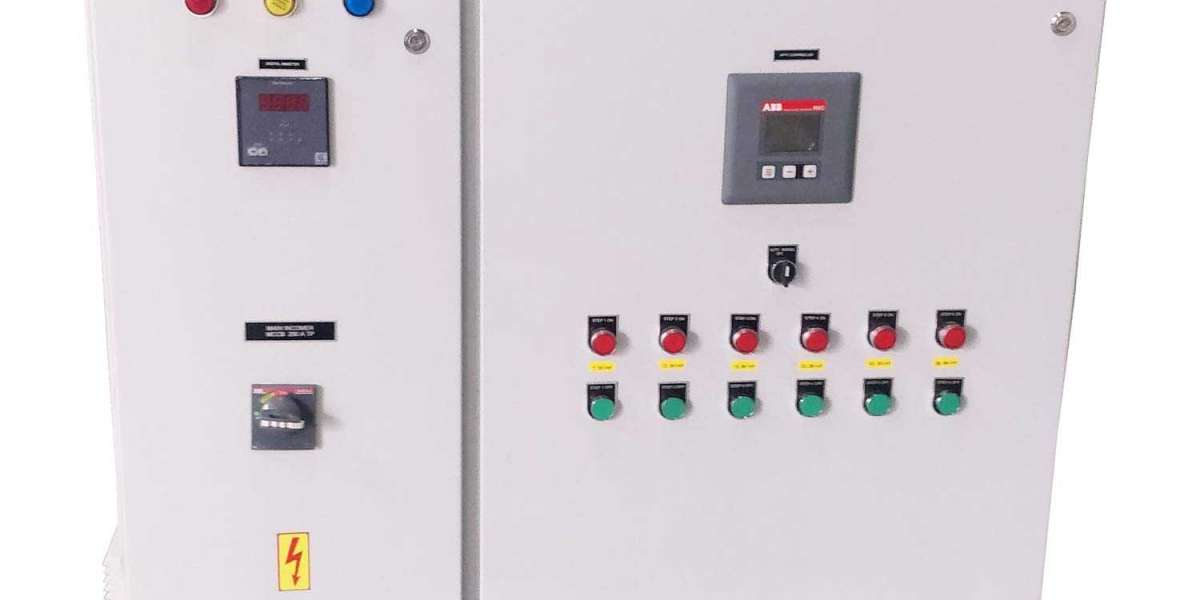The physical vapor deposition technology is gaining increased significance across various industries such as electronics, healthcare, automotive and many more. Physical vapor deposition (PVD) is a variety of vacuum deposition methods used to deposit thin films from a source material typically through the process of physical vapor transport and condensation. PVD technologies such as sputtering enable deposition of a variety of materials from elemental to compound films having high adhesive properties. The technology is widely used in manufacturing coatings and other products for medical and healthcare applications ranging from coating implants and prostheses to producing antibacterial films for dental and surgical tools.
The Global Physical Vapor Deposition Market is estimated to be valued at US$ 407.01 Mn in 2024 and is expected to exhibit a CAGR of 5.4% over the forecast period 2024 to 2031.
Key Takeaways
Key players: Key players operating in the physical vapor deposition market are Carl Zeiss AG, Hoya Corporation, Canon Inc., Nidek Co., Ltd., Topcon Corporation, Intelligent Retinal Imaging Systems, Inc., Kowa Company Ltd. and Optomed Oy (Ltd.).
Growing demand: Rapidly increasing Physical Vapor Deposition Market Demand for various medical devices, implants and equipment that require durable and biocompatible coatings has boosted the adoption of PVD technologies in the healthcare sector. The growth can further be attributed to rising incidence of ophthalmic and other diseases.
Global expansion: Major players are focusing on expansion plans and new product launches to increase their footprint in emerging economies of Asia Pacific, Middle East, Africa and South America. Asian countries such as India and China offer high growth potential for PVD technologies due to increasing medical tourism and rising healthcare spending.
Get More Insights on- Physical Vapor Deposition Market














